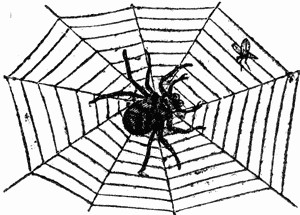[ Natural News - http://www.naturalnews.com/041411_SV40_hidden_cancer_viruses_polio_vaccines.html ]
(NaturalNews) The Centers for Disease Control recently published
valuable information about polio vaccines on their site, but afterwards
retracted the information. Why has that information been taken down? Regardless, a Google snapshot of this information as it appeared on July 11, 2013 is cached here:
http://webcache.googleusercontent.com
The
saved CDC information comes right out and admits that more than 98
million Americans during a span of eight years were injected with a
cancer-causing polyomavirus called SV40.
This fact alone should
serve as a testament to anyone: always question medical professionals
who say that you or your child needs a certain vaccine or prescription.
So much "medicine" today is actually poison. Professionals are often
duped into believing in the safety of a vaccine or prescription,
when all along it may be laced with cancer-causing, health ravaging
virus, heavy metals, fungus, formaldehyde, or neurotoxins.
 Do
you ever feel trapped in an invisible control grid that is slowly but
surely closing in all around you? Do you ever feel like virtually
everything that you do is being watched, tracked, monitored and
recorded? If so, unfortunately it is not just your imagination. Our
society is rapidly being transformed into a Big Brother prison grid by a
government that is seemingly obsessed with knowing everything that we
do. They want a record of all of our phone calls, all of our Internet
activity and all of our financial transactions. They even want our
DNA. They put chips in our passports, they are starting to scan the
eyes of our children in our schools, and they have declared our border
areas to be “Constitution-free zones” where they can do just about
anything to us that they want. The Bill of Rights has already been
eroded so badly that many would argue that it is already dead. The
assault against our most basic freedoms and liberties never seems to
end. The following are 10 ways that the iron grip of the Big Brother
prison grid is tightening on all of our lives… (Read More.....)
Do
you ever feel trapped in an invisible control grid that is slowly but
surely closing in all around you? Do you ever feel like virtually
everything that you do is being watched, tracked, monitored and
recorded? If so, unfortunately it is not just your imagination. Our
society is rapidly being transformed into a Big Brother prison grid by a
government that is seemingly obsessed with knowing everything that we
do. They want a record of all of our phone calls, all of our Internet
activity and all of our financial transactions. They even want our
DNA. They put chips in our passports, they are starting to scan the
eyes of our children in our schools, and they have declared our border
areas to be “Constitution-free zones” where they can do just about
anything to us that they want. The Bill of Rights has already been
eroded so badly that many would argue that it is already dead. The
assault against our most basic freedoms and liberties never seems to
end. The following are 10 ways that the iron grip of the Big Brother
prison grid is tightening on all of our lives… (Read More.....)


